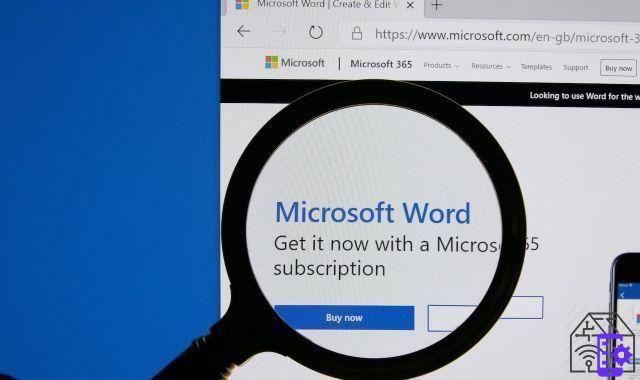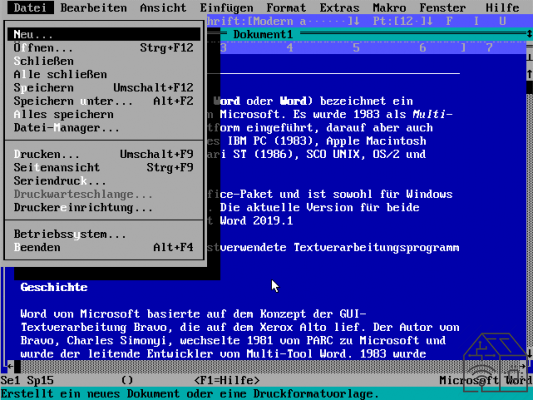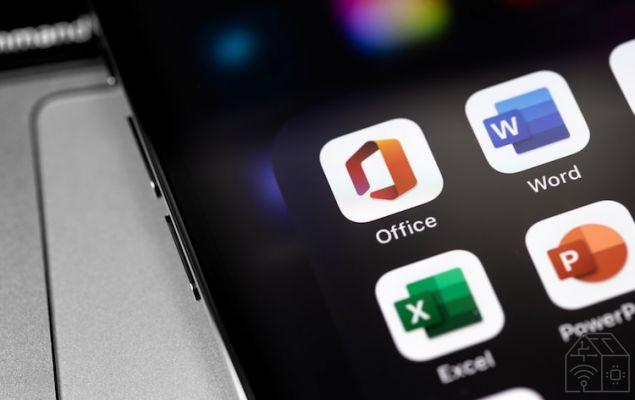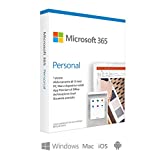
There are things that are now part of the everyday life of almost each of us. For example, check the weather forecast on your favorite app, look for the offers of the day on your e-commerce reference, check the arrival of new messages on your smartphone every 14 seconds.
Or, exactly as the writer of this article is doing, set the margins of the word processor, type on a keyboard, insert bold and italics, titles and subtitles, etc.
We are talking about Word, the word processing program of epochal importance. Because, for a large percentage of the world's population, it has replaced writing on paper. With all that derives from it not only from the point of view of the times and ways of communication, but also from the psychological and aesthetic one. In fact, there are now many studies that show how word processing requires writing different thoughts - in terms of syntax, rhythm and even semantic choices - compared to writing so to speak analog.
But we're going off topic. Today we are interested in talking about Word, discovering how it has changed. And before that, of course, how it came about.

Word processing before Word
Meanwhile, it must be said that word processing was not born with Word.
The word processing, meanwhile, is the writing carried out by means of a device equipped with a keyboard and video on which the text just typed appears. Text that can be stored, printed and disseminated as a file.
Astrotype, the first word processing program, dates back to 1968, which ran on IBM computers.
In the seventies it will then be the turn of word processing programs for Apple, and in 1979 WordStar will be put on the market. Initially written for the CP / M operating systems, from 1983 it will also be available for MS-DOS.
Word is born
But the epochal turning point took place in 1983. Or more precisely on November 10, 1983, when Word makes its MS-DOS 1.0 debut.
Charles Simonyl, a Hungarian engineer that Bill Gates had called to him from Xerox (where he had developed the ancestor of Word, that is Bravo), had started working on the Microsoft word processor program, that is Bravo), had started working as early as 1981.
The first version of Word already has some basic features, such as bold and italics. A curiosity: the spelling checker was missing, which however was available in demo version as an attachment to the PCWorld magazine.
Word first, then Office
Before discovering how Word has changed, let's answer the question that many readers will have asked: Word was born in 1983, but Office?
The Office suite will only see the light in 1990, and will contain - in addition to Word - Excel and Power Point, launched respectively (for Apple Macintosh) in 1985 and 1987.
How Word has changed: the XNUMXs
And if you ask yourself how Word has changed in the first years of its life, the answer is: very quickly. Already in 1984 the Macintosh version was created, with WYSIWYG functionality: that is, to simplify, an HTML code that allows you to intervene directly on the text page and not, in fact, on the code.
It is a success, to the point that in 1987 Word 3.0 was released, introducing the RTF format.

Word per Windows
To understand how Word has changed we must note 1989 as a symbolic date. Word lands in the Windows environment, and in 1992 there is a great leap forward towards the present. Because the version of Word for Windows 2.0 will be an integral part of the Office 3.0 package, with many of the features still in use today.
Microsoft becomes the market leader, and will consolidate its position in 1994, with Office 4 and Word 6. Where the contextual menu can be activated with the right button and the tooltips (the advice in the form of popups) appear.
The second half of the nineties
Since then, Word has changed with each version, always adding important new features. There was great excitement in the second half of the nineties, starting with the multilingual support and contextual spell checking implemented in Word 95.
With Word 97 (actually released in 1996) the toolbar and menus that can be positioned on each side are added to the word processor, in addition to the legendary Office assistants.
Word 98 for Mac greatly improves the Apple version of the program.
Discount Microsoft 365 Personal Activation code by mail
Microsoft 365 Personal Activation code by mail
- Annual subscription
- Usable by 1 person
- It can be used on an unlimited number of devices
From 2000 to today
It is impossible, for reasons of space, to give you an account of how Word has changed in detail in the last twenty years.
In 2007, with Windows Vista, Word opens to the OpenXML format (docx) as a new standard for sharing documents, which can also be easily used by third-party systems.
Word 2013 greatly improves the user interface. And it allows you to open, edit and save documents in PDF format. In addition to inserting videos from platforms such as YouTube.
Word 2019 with the Translator function allows you to quickly translate entire selections of text. The Searches tool automatically inserts literature references, and in 2021 the Text Forecast tool was implemented.
And for the foreseeable future there is already talk of Word (and Excel) entering the metaverse.


























